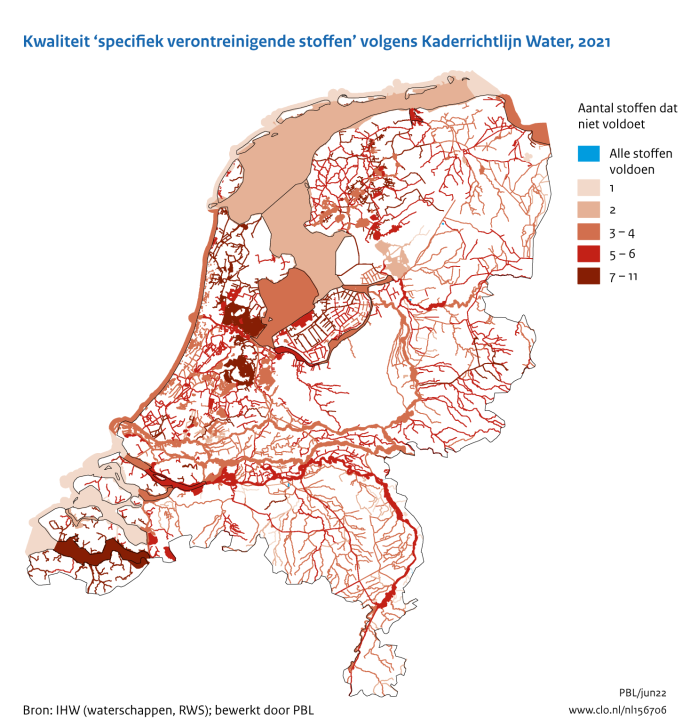
Tighter requirements regarding nitrogen will apply to surface water.
The result of the new water legislation is that stricter nitrogen requirements will apply to surface water. The wastewater treatment plants (WWTPs) managed by the water authorities make a significant contribution to the nitrogen levels in that water.
Nitrogen can be discharged in three forms: organic nitrogen, nitrate, and ammonium. Almost nothing can be done with the first. Nitrate can be removed from the water with good denitrification, but for that, there must be a high amount of easily biodegradable carbon compounds in the water. Ammonium typically only occurs when the treatment process is overloaded due to a rainfall (First Flush for those in the know).
A fine sieve primarily removes cellulose from wastewater, such as toilet paper. These paper fibers do break down in treatment, but not very quickly. They do not participate in denitrification (2-4% according to research), but contribute up to 20% of the organic load of a treatment plant. This is carbon that is not useful for achieving low nitrogen levels.
During rainfall, settled debris in the sewer is washed up, leading to a temporary overload of the treatment plant. As a result, nitrogen cannot be converted into nitrate, causing ammonium peaks. These peaks lead to excessively high nitrogen concentrations in the surface water for a long time. A fine sieve can remove a significant portion of the load from the water during a rainstorm, as this additional pollution is related to particles.
Some treatment plants have a pre-sedimentation tank. This is where some of the particles settle before treatment. The disadvantage of a preliminary sedimentation tank is that it also separates easily degradable organic substances. The treatment plant can use these substances to remove nitrate. By installing fine screens, the operator can decide to send the filtrate from the fine screen directly, or through the pre-sedimentation tanks, to the biology. In this way he can reduce the nitrate content and avoid overloading the treatment plant. When it rains, the finescreens can then be operated in parallel, significantly reducing the load on the pre-sedimentation tanks, which improves the efficiency of the pre-sedimentation tanks.
Until now, fine sieves were only considered when a small expansion of the treatment plant was needed (10-15% extra capacity) or when the water authority had circular ambitions (by 2050, all water authorities will be fully circular). Now, there is a third driving force: the optimization of nitrogen removal. Much cheaper than building additional primary settling tanks, fully modular, and with low maintenance and energy costs (at least with the ICABUS).
> I would like to explore this principle in practice and get in touch with water authorities/consulting firms that are willing to contribute to reducing the costs of implementing the Water Framework Directive (WFD).
Curious
Would you like to know more about this project? My name is Frans Durieux and I would like to tell you more about it.
Mail : Frans@purgatoria.nl

